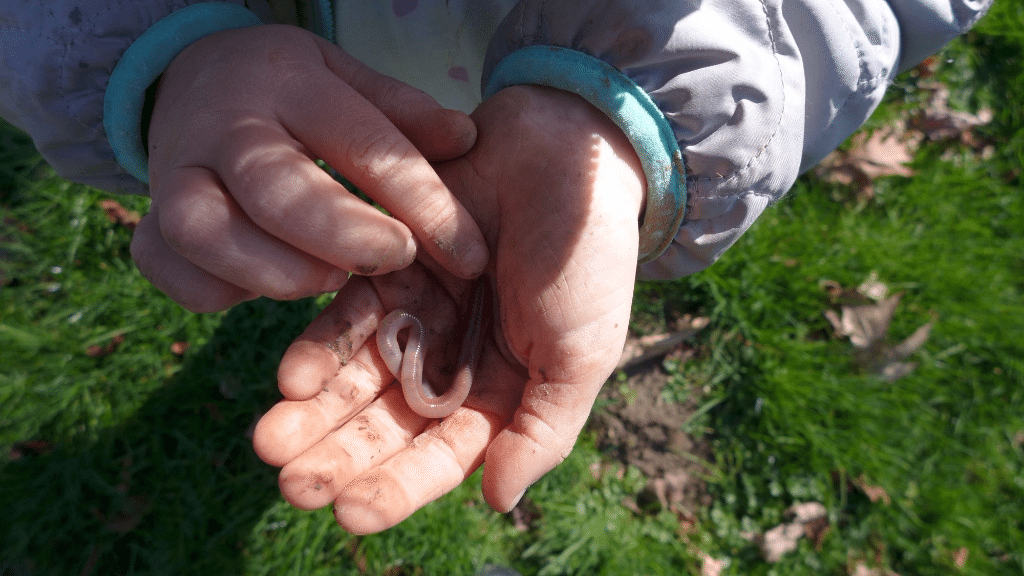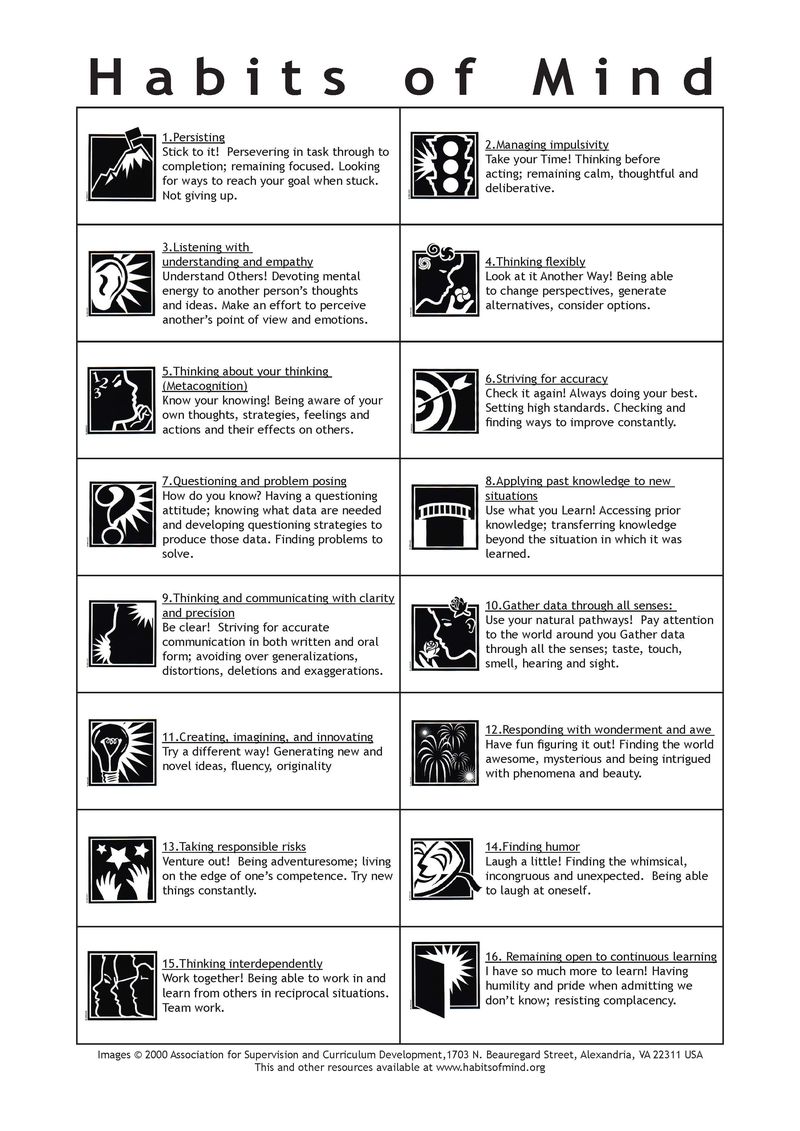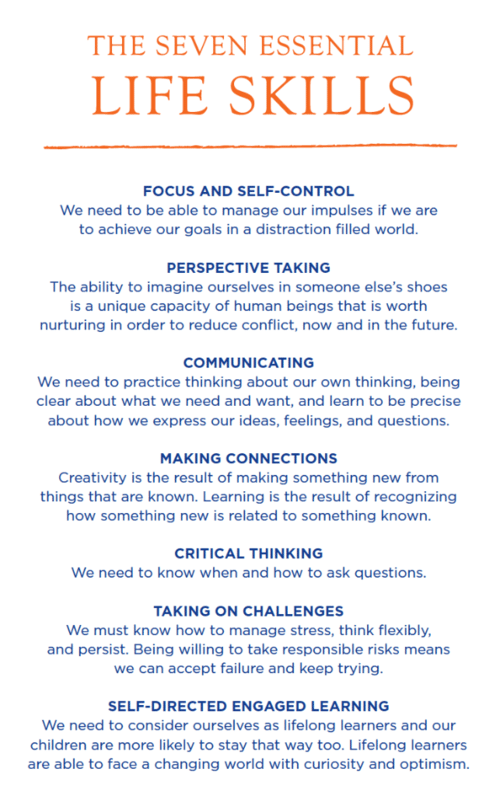Partnering with Families – Sharing resources for shared meaning-making

- What is possible when we invite parents and teachers together to create shared meaning of our goals and expectations for children? What connections, stories and perspectives will emerge through this shared process?
- What might happen if we offer parents the assessment tools and resources used by the teachers when paying attention to children?
- How can the teachers and parents be in partnership to create a culture of inquiry around assessment?
For the March Parent Curriculum Meeting, we wondered if families might be interested in knowing more about what the teachers are paying attention to in the classroom that supports the growth and experiences of both individual children and for the whole class. We were excited to share some of the resources and tools that teachers use, seeing this as a meaningful way for families to partner with us and connect to the pedagogy in a new way.
The teachers shared in broad strokes some of the research that guides and supports our work and what we are paying attention to.
We shared the Goals and Expectations for Opal School students:
- Discover, cultivate, and express the joy and wonder of learning.
- Develop an understanding and curiosity about multiple points of view. Have value and empathy for experiences and perspectives different from one’s own.
- Collaborate with others to construct ideas and create new knowledge.
- Develop an understanding of our interdependent relationship with the natural world.
- Take action as mindful citizens who care about making contributions to a future that acknowledges living systems as an integrated whole.
- Develop strategies that contribute to the quality of the community by having a keen sense of place, identity, and belonging, while respecting the rights and identities of others.
- Read the world: Explore ideas and relationships; make connections between known and unknown information.
- Use the written and spoken word with increasing proficiency to communicate ideas, relationships, and understandings.
- Uncover and communicate observations, questions, theories, and ideas through skillful and imaginative uses of the languages of the arts and sciences, including mathematics.
- Develop an appreciation of, and capacity for, accuracy, elegant design, and efficiency.
These goals and expectations, which appear in the Opal School Family Handbook, are for all students – in Opal Beginning School and Opal Charter School. These are lifelong goals and expectations that are full of complexity. As children practice, develop and deepen their understanding of these goals and expectations, they become frames for continued learning, habits for approaching problems and strategies to use when engaged in a learning community.
Next, we shared a list of children’s natural learning strategies that also appears in the Opal School Family Handbook.
- Using the senses to look, touch, smell, listen, and taste
- Engaging in play, imagination, and games
- Using story to create meaning and see relationships
- Tinkering – staying open to what’s possible in the moment
- Taking things apart, reassembling them, and linking them together in new ways
- Using metaphor and poetic language to uncover and create meaning
- Engaging others in social interaction and collaboration
- Being willing to take risks and experimenting in the absence of fear
These natural learning strategies are used by everyone, not just children. Each person engages with these strategies to varying degrees, utilizing some strategies more than others. Babies use all of their senses to make meaning of their world. Some people use specific senses more: for example, we had a child in our class that would smell the materials every time before she would use them. Some people are tinkerers, like Caroline’s husband. When he was not quite 3 years old and at a family gathering, he managed to take the screen door off of its hinges. He is still someone that likes to take things apart and put them back together as a way of learning and understanding.
We then looked at the Habits of Mind. These are the behaviors/traits that we see people using – not just children, but adults, too. We are continually trying to pay attention to our own habits that we employ and wish to continue developing. This body of work by Arthur Costa and Bena Kallick is shared in their book, Learning and Leading with Habits of Mind. They define a habit of mind as “what successful people do when they are confronted with problems, the resolutions of which are not immediately apparent.” For young children, it is what they do when they face new situations and challenges in which adults are not controlling or determining their actions. As habits of mind are supported and practiced over time, they influence a child’s brain architecture and the development of the brain’s executive function.
Executive function skills take place in the prefrontal cortex of the brain and other areas of the brain working in concert with it. We use these skills to manage our attention, our emotions, our intellect, and our behavior to reach our goals. They include:
- Focus — being able to pay attention;
- Working memory — being able to keep information in mind in order to use it;
- Cognitive flexibility — being able to adjust to shifting needs and demands; and
- Inhibitory control — being able to resist the temptation to go on automatic, instead doing what we need to do to achieve our goals.
As children grow older, these skills include reflecting, analyzing, planning, and evaluating. Executive function skills are always goal-driven.
Another body of work that we rely on is summarized in the book, Mind in the Making, by Ellen Galinsky. Galinsky spent ten years gathering scientific research about children and how their brains develop and learn. She synthesized this research into what she calls “7 Essential Life Skills.” These, like Costa and Kallick’s work, drive our Goals and Expectations for Opal students. Galinsky has just organized her list in another way:
The last body of work that we discussed was Carol Dweck’s research on Growth and Fixed Mindsets and Peter Johnston’s book, Opening Minds: Using Language to Change Lives, which is influenced by Dweck’s research.
What Johnston shares feels especially relevant. He tells us that, the language we use creates the world that children live and learn in.
Our language can create a world in which children (and adults) believe that people have permanent, fixed traits and (in)abilities: some people are good at math, or drawing, or reading – and some are not. Some are smart and some are not, and there really isn’t much that can be done about it. When we try to convince a child that they are smart by telling them, “You are smart!”, then we are actually perpetuating the smart/dumb notion and that these are fixed traits that won’t ever change.
In Johnston’s book, he helps us to see how our language can support us to construct a more productive view where traits are not fixed, but ability and intelligence grow with learning. With a growth mindset, mistakes and, even, failures, are not seen as reflections of inadequacies, but as opportunities to learn and grow. Taking on a challenge is seen as a valuable opportunity to learn.
We are combinations of both mindsets and it takes effort to shift from a fixed mindset to a growth mindset. Being aware of your mindset in situations is really important to be able to make shifts. Caroline shared that she used to say, “I am not a creative, artistic person.” She is working hard to shift this way of thinking to “I am not where I want to be in expressing my creative, artistic side yet.”
With the huge support of Judy Graves, founding director of Opal School, we recently have taken our Goals and Expectations for Opal students, Natural Learning Strategies, Costa and Kallick’s 16 Habits of Mind, Galinsky’s 7 Essential Life Skills, Dweck’s Growth and Fixed Mindset work, and Johnston’s focus on language and incorporated and re-grouped all of these ideas into 5 Habits. At the Parent Curriculum Meeting we looked at two of them (here and here). Parents worked in small groups to begin to notice connections to these ideas when considering their children within their home/family context. At our next Parent Curriculum meeting, we will look at the other three.


